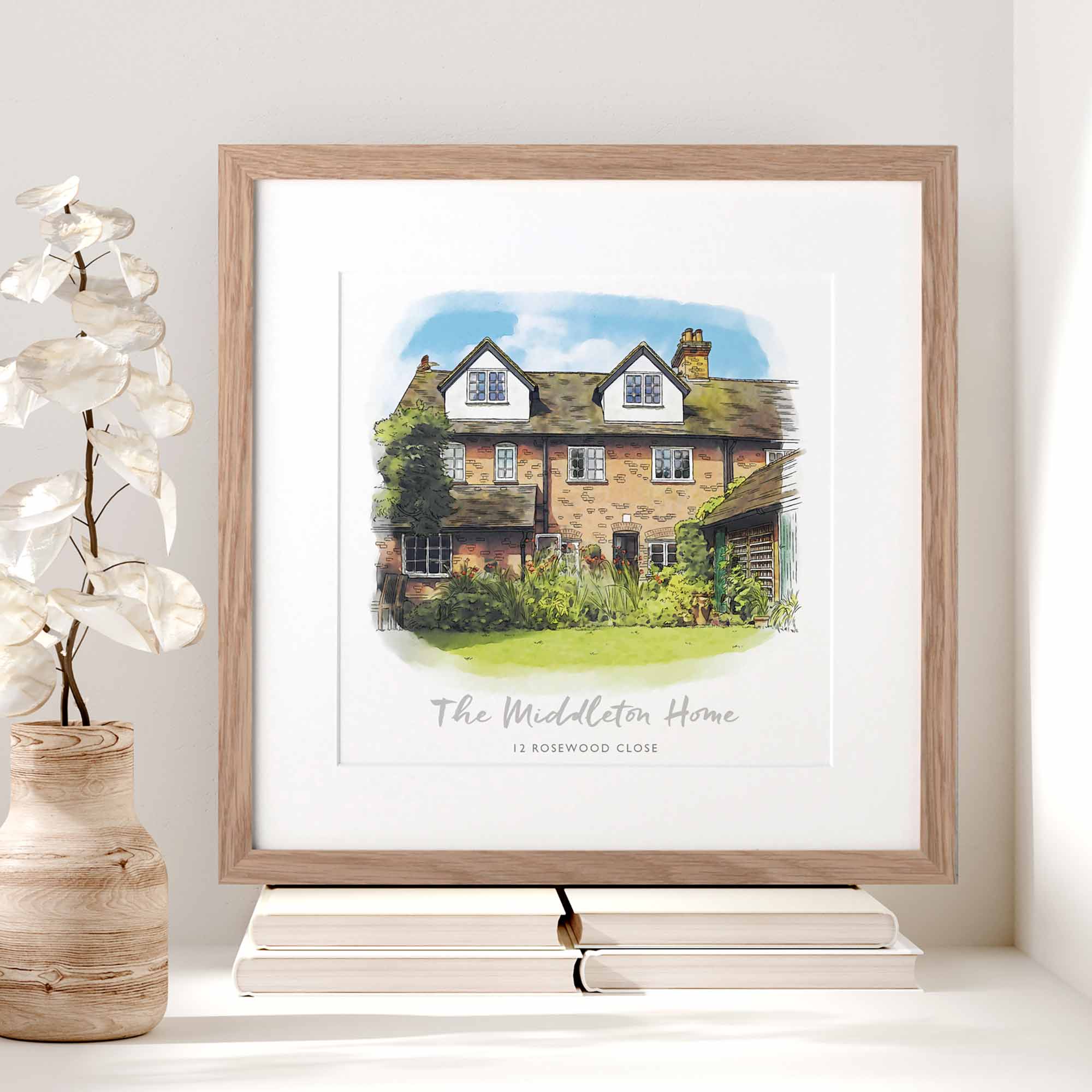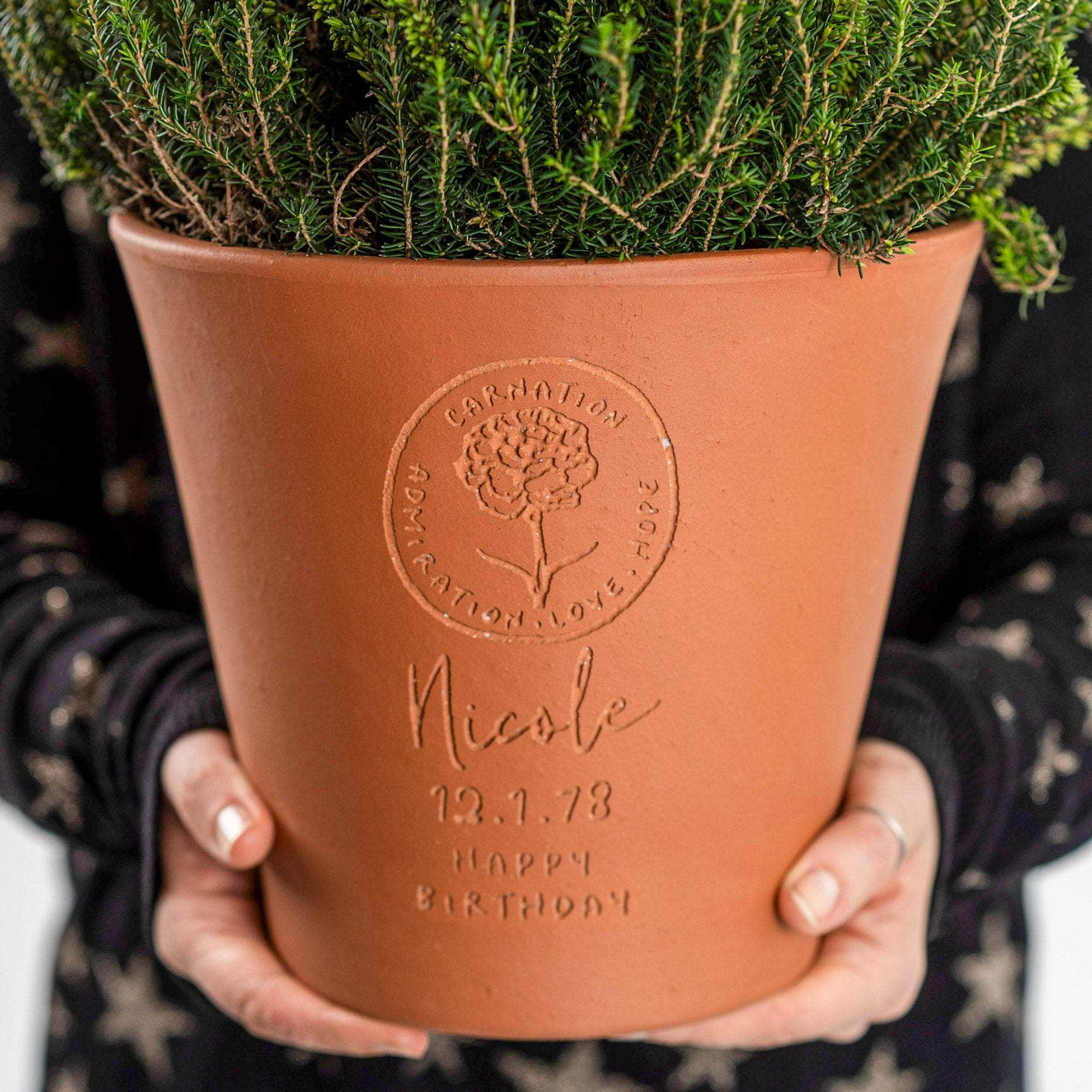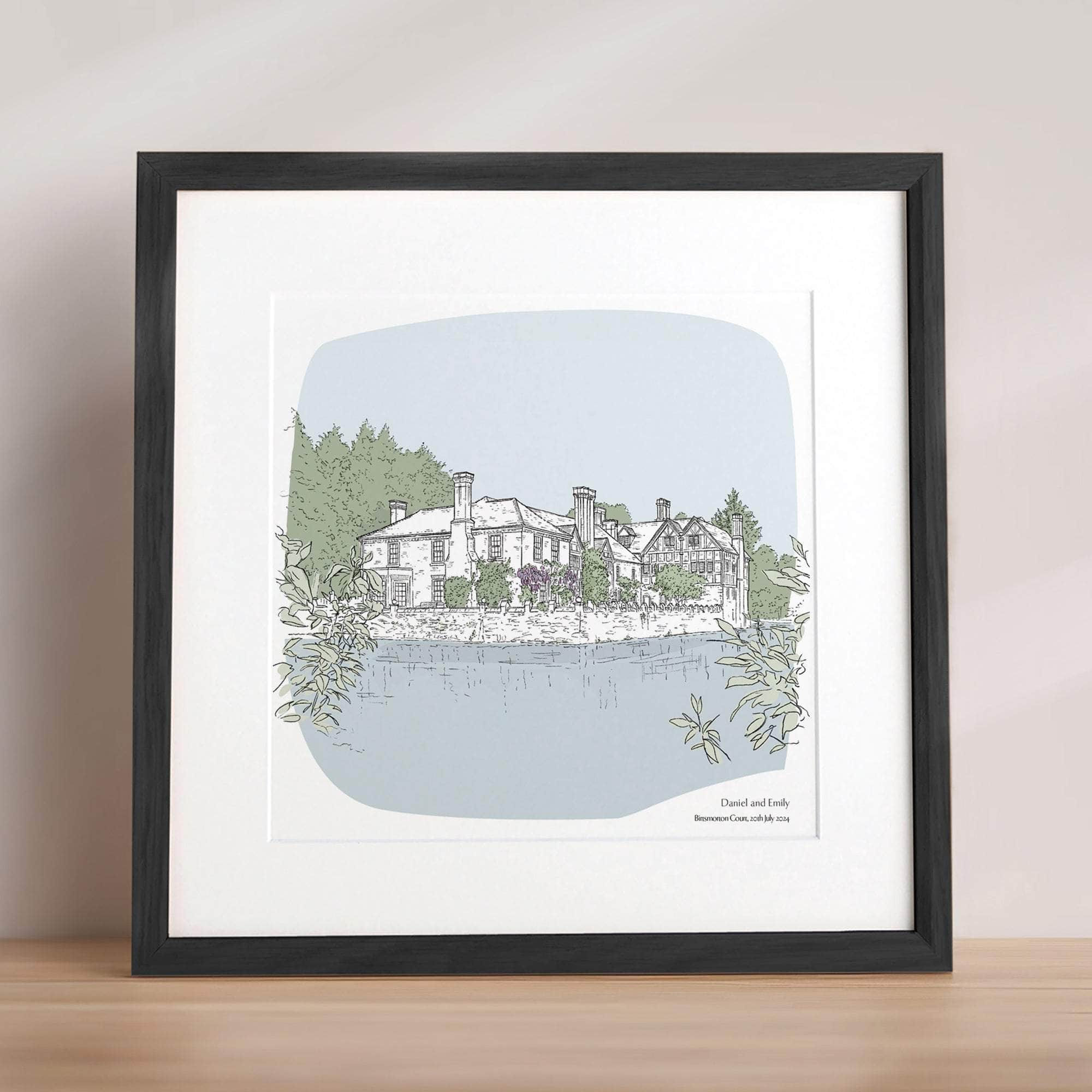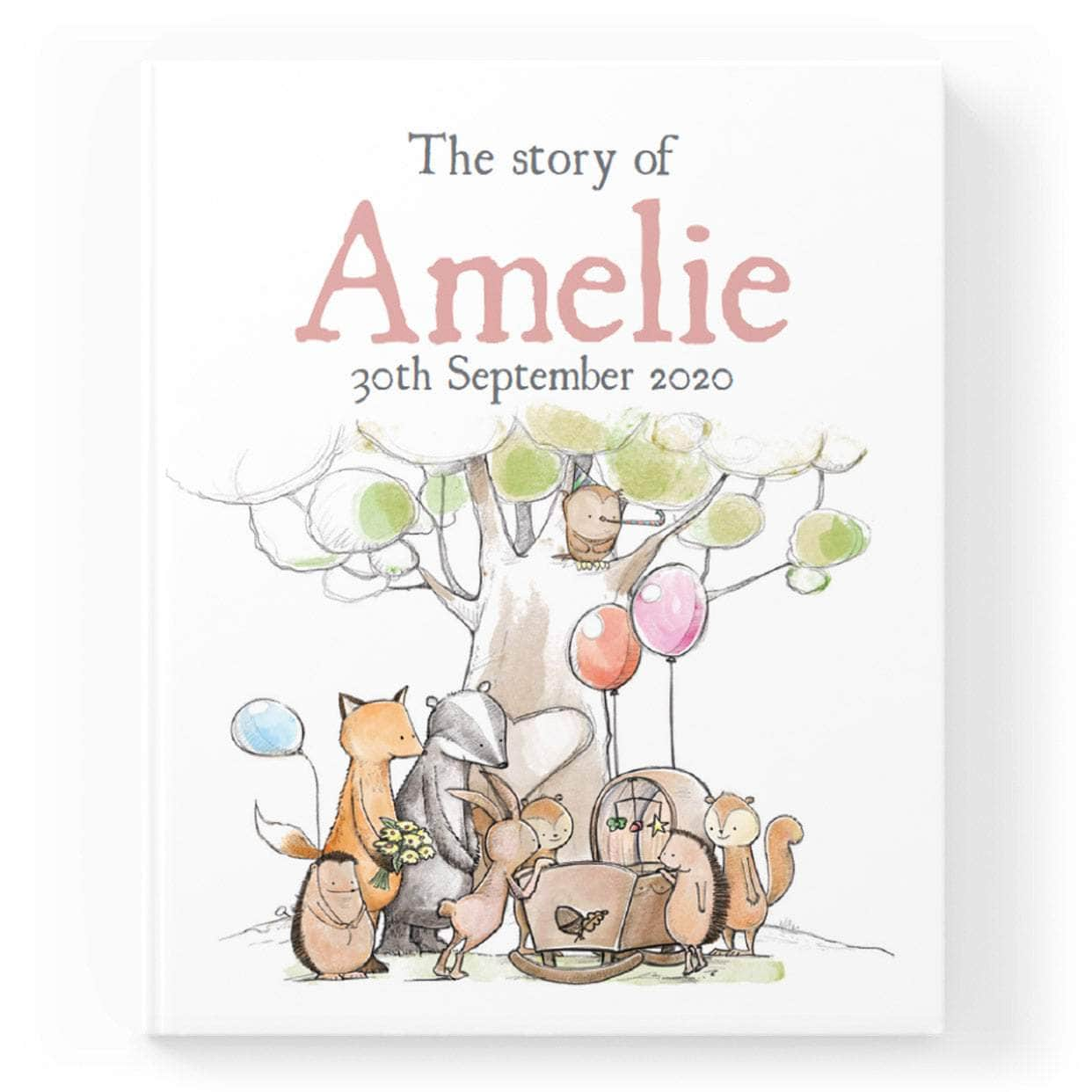Tales from the garden - March
Magnificent Magnolias
Now is a great time to take a walk around the garden, the floral scent is phenomenal. The weather has been amazing this past week. Blue skies, sun, and warmth. Let’s hope it continues. Flowers are sprouting up across the garden in a colour explosion. With no frost to worry about, the magnolias have put on a great display with an eruption of pinks, purples, and whites across the garden, contrasting well with the whites, reds and pinks of the late flowering camellias.
Jimmy Smart (the garden creator) really spared no expense when planting extensive and impressive drifts daffodil across the garden, encompassing every conceivable shade of yellow you can imagine. They really are worth a look. Larger trumpet type daffodils in the lawns and under trees, and smaller alpine type daffodils, such as Narcissus bulbocodium and ‘Tete a Tete’ planted in the scree beds.
The scree beds are looking very cheerful, like a bright and colourful patterned carpet, planted with small red flowering Tulipa clusiana, purple grape hyacinth and yellow dwarf daffodils and pale yellow primroses.
Small colonies of Snake’s Head Fritillary (Fritillaria meleagris) are planted directly opposite the garden entrance kiosk and are proving to be a favorite with our regular garden visitors.
Jobs in the garden
If you follow the path down below the tearoom towards the upper lake and head for the metal bridge, you may notice an opening up of the area. The old silt trap just above the waterfall where the stream first enters the garden has been emptied creating a new attractive pool feature. Water cascade from this pool to the stream bed below which that runs under the metal bridge. The stream has been cleared and widened and part of the lake shore has been re-landscaped to create a pleasing spit of land jutting out into the lake, that will hopefully be planted up before the winter.
The winter tasks of pruning and hedge cutting has come to an end (Thank goodness). Halted by leaf growth and bird nesting season. The last few shrubs and climbers have been tackled including Clematis, Sambucus, Fuschia, Hypericum, Sarcococca (Japanese Box). We have also been cutting back coloured stem shrubs such as Dogwoods (Cornus) and Willows (Salix). Oliver our garden volunteer, who likes to throw himself at the very hardest jobs has also braved the crumbling quarry garden rock face by removing all the brambles and weed from the wall which has resulted completed the revamp of the quarry area.
Two large dogwoods, Cornus sericea ‘Flaviramea’ and Cornus alba ‘Siberica’ which have not been cut back in 30 odd years, have now been tackled. This is important because regular pruning encourages brighter stem colour. These monster shrubs were planted on a very precarious slope and have since rooted into the lake beds and grown out nearly halfway across the lower lake.
Our popular Herbaceous beds, are being cut back, cleared, and weeded. This is in advance of all the new growth emerging. Now is a good time to get plant supports set up in place for taller perennials in need of support. The double boarders have been partially replanted this year, with a new selection of plants, in keeping with the Blue, Silver and White theme.
Another ongoing job, which we began in March is strimming. Much of the land Marwood Hill Garden was planted upon, began life rough grass pasture grazed by sheep. When the young trees and shrubs were initially planted the grass beneath was routinely cut back to reduce competition on the young plants. The trees have grown and are now mature but the practice of strimming beneath continues, keeping any brambles and weed seedlings at bay. Strimming is a big job and needs to be repeated up to three times across the year.
Cutting back the bog garden has begun in earnest. The stream-side planting is cut back and weeded. The central island within the bog garden has become rather tired and overrun by a rampant Aster species it has been cut back hard and will be weeded in preparation for planting up in the autumn winter.
Tips for your Garden
- Pricking out seedlings and potting on cuttings
- Begin weeding. Get them now while small and easy to remove before more of a problem later. Lesser Celandine, chickweed, cleavers, nettles, watercress are particular problems in the garden. Though do leave some of these plants for benefit of wildlife in corners of garden if possible.
- Pond weed treatment for ponds.
- Clearing out cold frames and hardening plants off.
- Now is an ideal time to divide many herbaceous perennials just as or before the active growth emerges. Including perennial geraniums, Michaelmas daisies (Symphyotrichum), stonecrops (Hylotelephium), Crocosmia and Campanula.
- Removing old fronds from deciduous ferns
- Now the risk of frost has past start deadheading hydrangea flowerheads, as new flower buds appear so new blooms can be better admired.
Plant of the Month
A stunning white magnolia, Magnolia loebneri ‘Merrill’ located outside the tearoom, currently in full flower. One of the earliest trees planted in the garden in 1960. This award-winning magnolia is covered in large white fragrant flowers. It is a cross of Magnolia kobus and Magnolia stellata and named after Prof. Elmer Merrill, a former Director of the Arnold Arboretum, Boston, USA. Raised in 1939. It grows slowly and is a small magnolia so is a good choice for a small garden.
The best mother of the bride gifts she’ll cherish
Weddings come with chaos - and often, a mum who holds it all together. This guide explores thoughtful, lasting Mother of the Bride gifts that go beyond the cliché. Think hand-crafted illustrations, personalised mementos, and thank-you gifts with genuine emotional weight.
What to buy for a 1st wedding anniversary
The first anniversary deserves more than a card. Explore thoughtful paper gifts - like custom portraits and wedding venue art - that tell their unique love story.
7 thoughtful & personalised wedding gifts
Make your wedding gift unforgettable. Discover 7 unique and personalised presents that capture love, laughter, and their journey together - from custom portraits to meaningful keepsakes.






















